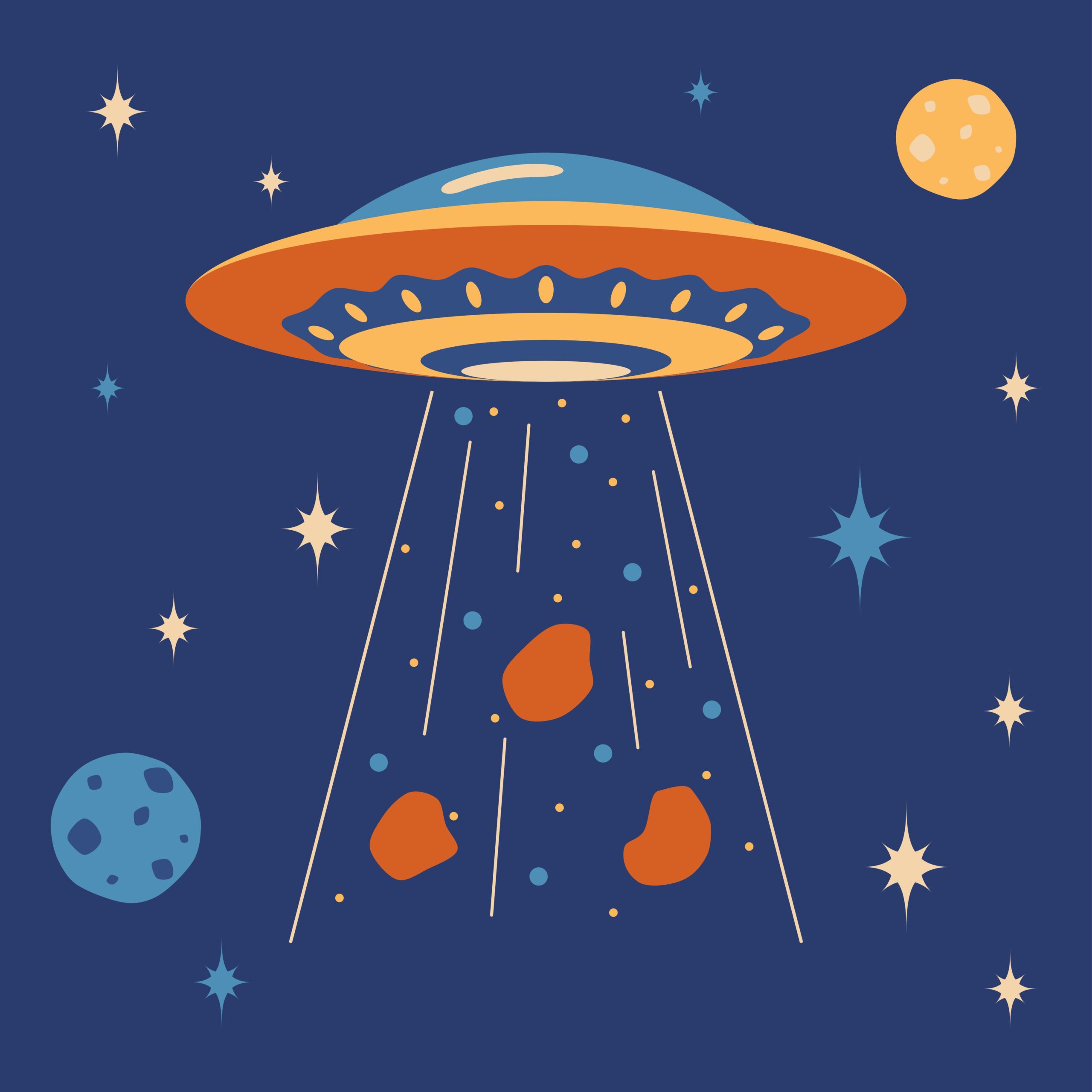 Beatmaker Mindset
Beatmaker Mindset How Many People Can Continue with Beatmaking?
Many people start beatmaking, but few can continue it long-term. However, there are many benefits to continuing with bea...
 Beatmaker Mindset
Beatmaker Mindset  AI Music
AI Music  Beat Marketing
Beat Marketing  Beat Marketing
Beat Marketing  Beatmaker Mindset
Beatmaker Mindset  Beat Selling Site
Beat Selling Site  Beatmaker Mindset
Beatmaker Mindset  Artwork
Artwork  Beat Selling Site
Beat Selling Site  Beatmaker Mindset
Beatmaker Mindset